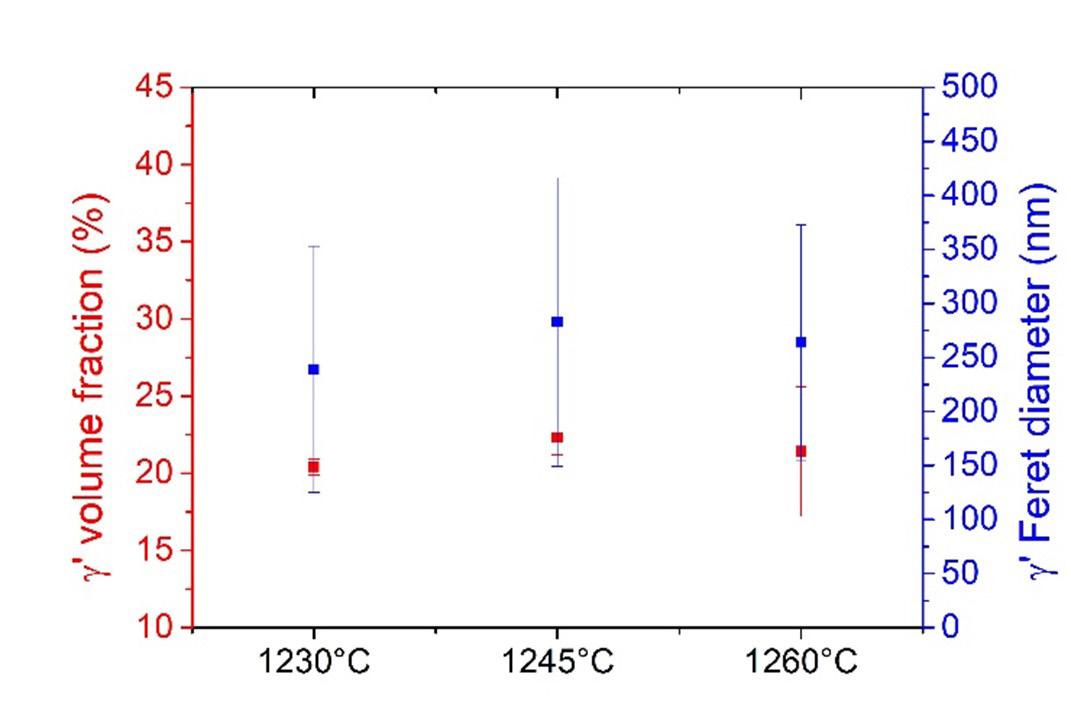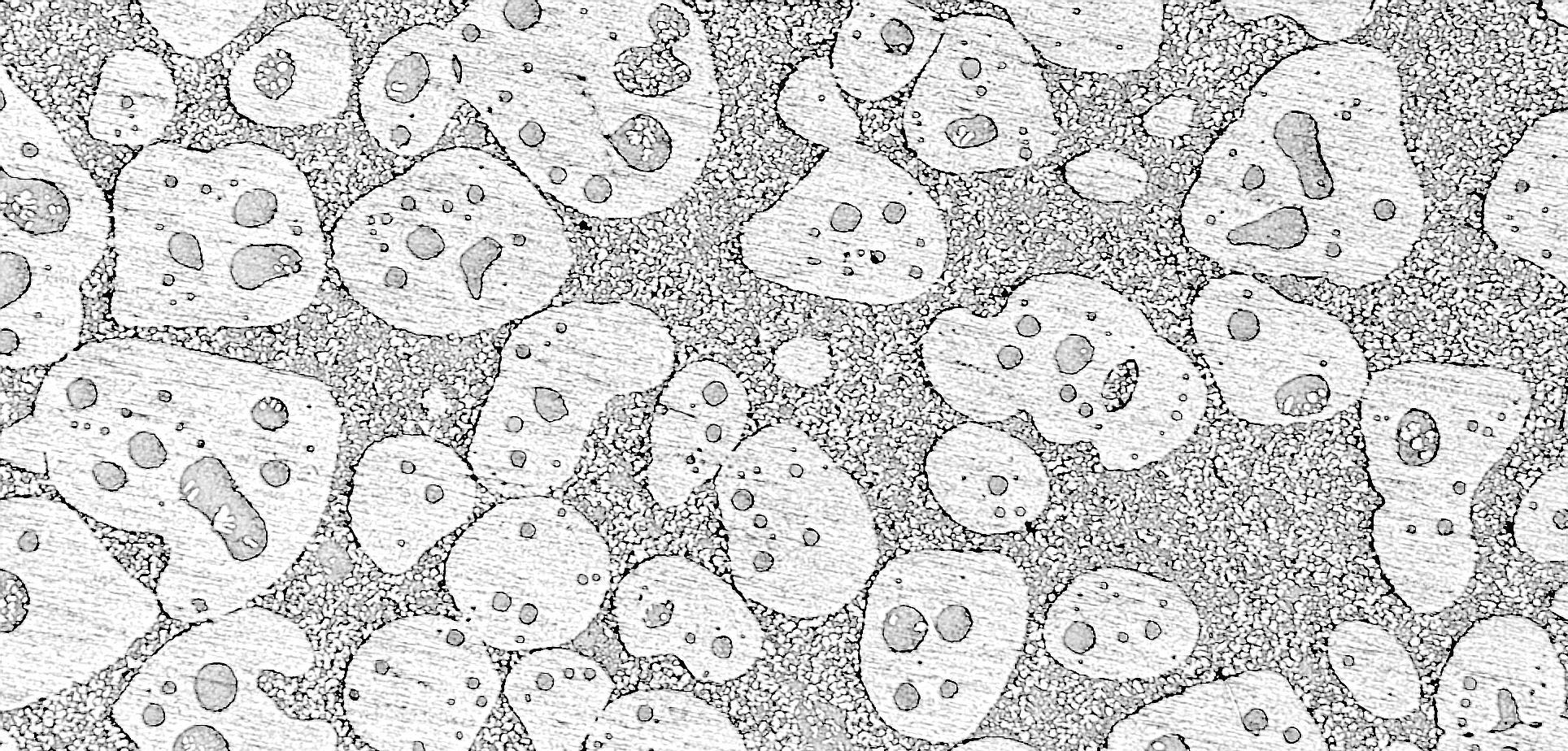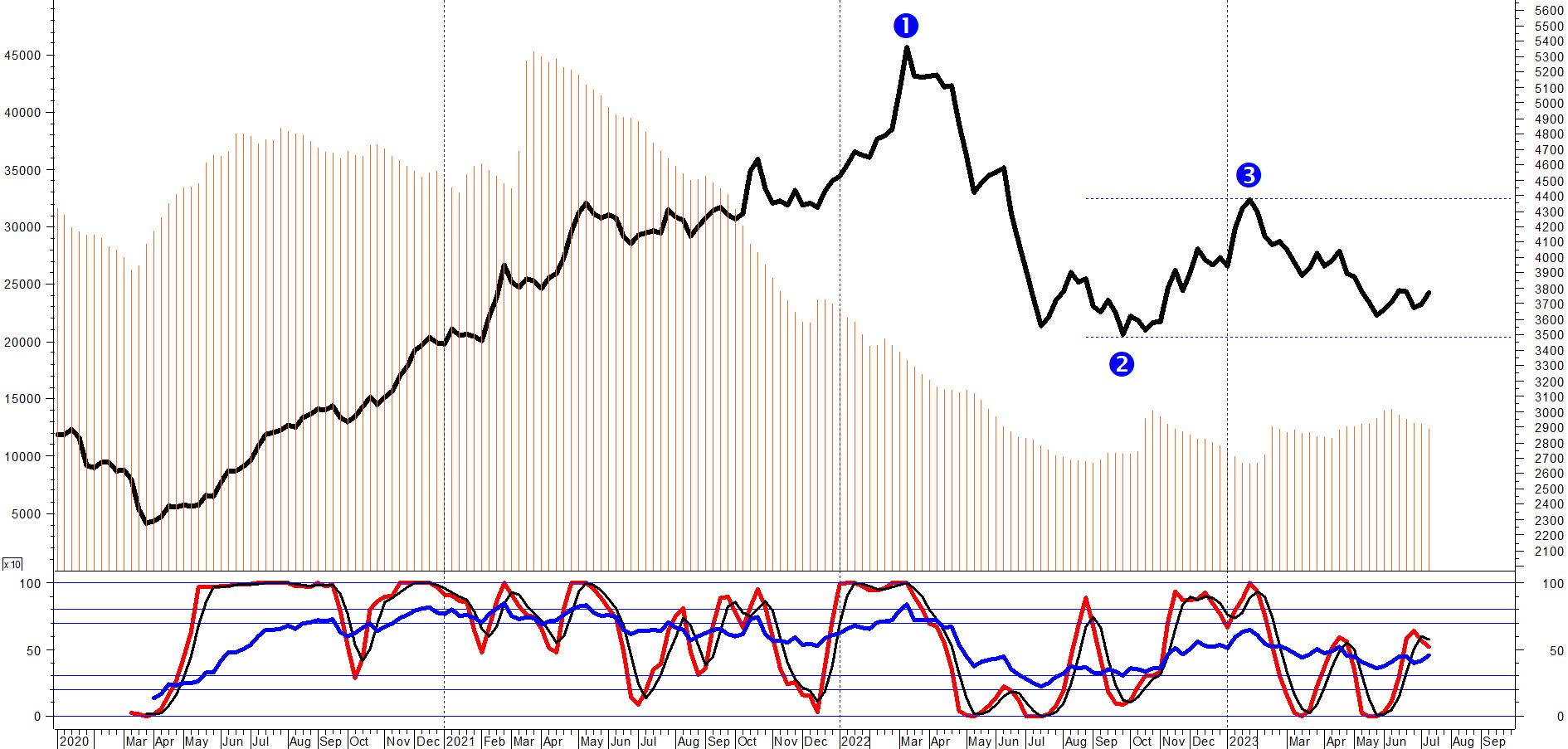
3 minute read
Scientific papers - Heat Treatment
microstructure originated from the printing stage requires different treatment conditions with respect to the traditional processes, after which SA is typically performed at 1204°C (5,6). For this reason, the commonly adopted annealing temperatures should be changed accordingly. The aim of the present work is to provide an optimized SA + first aging (FA) recipe, demonstrating that older heat treatments are less effective when applied to additively manufactured materials. Optimized process parameters (3) were used to process René 80 powders and different temperatures were studied to find the γ’ solvus temperature and the optimal SA condition in terms of precipitates’ size, morphology and fraction using scanning electron microscopy (SEM). Grains’ recrystallization and growth process was also assessed using light optical microscopy (LOM). FA was performed at 1095°C for 4 hours. The results demonstrated that the SA temperature shall be set at 1260°C to achieve the full dissolution of γ’ and grains’ recrystallization. Given the typical thermal variability of industrial furnaces, one sample was also treated raising the SA to 1270°C to assess possible thermal induced porosities (TIP) formation or incipient melting.
Materials And Methods
Material and samples production
The raw material used for producing the samples is a gas atomized powder commercialised as Ni-183 by Praxair Inc. The nominal composition of René 80 is reported in Tab. 1. The powders were sieved by the manufacturer in the range of 16 to 45μm.
Cubic samples of 20mm of edge were produced using a PrintSharp250 system by Prima Additive with a 250x250mm carbon steel platform heated to 80°C and a rubber recoater.
Printing parameters were optimised by the authors in a previous work (3) and are summarized in Tab. 2. Each stripe of the scanning was rotated of 67° between each layer.
Main parameters optimization range
Post processing
Samples were cut from the building platform using Wire Electro Discharge Machining (WEDM) and they underwent a stress relief treatment at 1080°C for 2 hours. After this step, solution annealing (SA) and first aging (FA) were applied in a low-pressure furnace TAV mini jet. The SA was carried out at 1230°C, 1245°C and 1260°C for 2 hours, then gas cooling with nitrogen at about 100°C/min was applied to reach the first aging temperature (1095°C), which was maintained for 4 hours. Finally, another sample underwent SA at 1270°C for 2h + FA to assess the risk of thermal induced porosities (TIPs) formation and incipient melting.
Samples preparation and investigation
Samples were metallography prepared along the building direction (XZ plane). Sections were embedded in resin and ground with SiC papers up to 1200 grit and polished with diamond suspensions of 6-3-1μm. Colloidal silica of 0.04μm was used to reach the final surface finishing. The γ’ morphology was assessed using a Zeiss EVO15 Scanning Electron Microscope (SEM) after electrolytic etching with H3PO4 (30%vol. in distilled water) at 3.5V. Chemical etching with Kalling n°2 solution was used to measure size and volume fraction of secondary γ’; for this purpose, six backscattered electron images at 10.00kX were analysed with an ImageJ algorithm developed by the authors. Grain size was measured both along (Z-dir) and across (X-dir) building direction using the linear intercept method (ASTM E11213) on three images at 100X taken with a Leica DZ500 light optical microscope (LOM).
Hardness test
Brinell hardness tests were performed according to ASTM E10-18 with a force of 62.5 kg (HB10) on each sample, with 3 repetitions on the XZ plane, using a EMCOTEST M4U 025 system.
Results
Microstructure evolution after solution annealing and first aging treatments
Fig. 1 shows the microstructure after the SA performed at different temperatures ranging from 1230°C to 1260°C. The electrolytic etching dissolved the γ matrix (yellow arrow), making the precipitates (black arrow) clearly visible.
After SA at 1230°C, γ’ is still irregular in shape. On the other hand, when the SA temperature is increased up to 1245°C and 1260°C, precipitates become cubic and regularly arranged. Back-scattered electron images were used to assess the size of γ’ precipitates and results are shown in Fig. 2. The mean size of γ’ remained quite constant and was calculated to be 239+/-114nm annealing at 1230°C, 283+/-133nm at 1245°C and 264+/-109nm at 1260°C. A similar result was obtained for the γ’ fraction, which was 20.4+/-0.5%, 22.3+/-1.1% and 21.4+/-4.2% after SA at
1230°C, 1245°C and 1260°C, respectively. The results can be considered independent from the SA temperature, considering the measure uncertainty. The main difference between the treatment conditions lays in the morphology of secondary γ’. The results show that at 1230°C the proper SA temperature is not reached, while starting from 1245°C the γ’ dissolution is effective and the further precipitation and aging lead to precipitates having a regular cuboidal shape.









